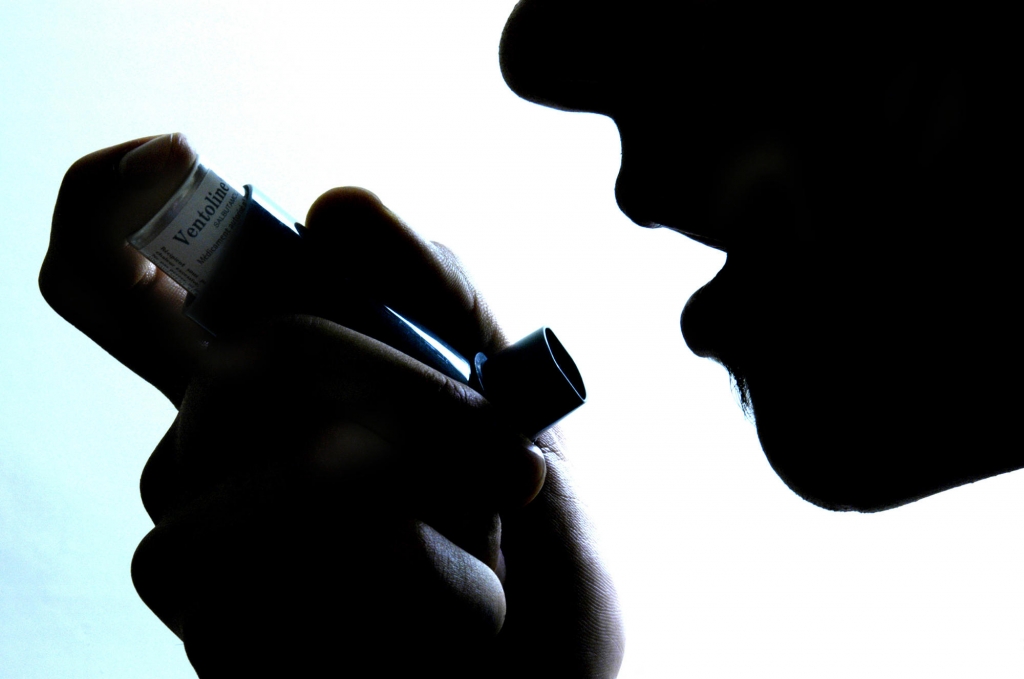-
Tips for becoming a good boxer - November 6, 2020
-
7 expert tips for making your hens night a memorable one - November 6, 2020
-
5 reasons to host your Christmas party on a cruise boat - November 6, 2020
-
What to do when you’re charged with a crime - November 6, 2020
-
Should you get one or multiple dogs? Here’s all you need to know - November 3, 2020
-
A Guide: How to Build Your Very Own Magic Mirror - February 14, 2019
-
Our Top Inspirational Baseball Stars - November 24, 2018
-
Five Tech Tools That Will Help You Turn Your Blog into a Business - November 24, 2018
-
How to Indulge on Vacation without Expanding Your Waist - November 9, 2018
-
5 Strategies for Businesses to Appeal to Today’s Increasingly Mobile-Crazed Customers - November 9, 2018
Kids’ asthma rates quiet down after earlier increase
But the bad news is the rate is still growing for some groups including children born to poor families, and all kids ages 10 to 17.
Advertisement
Among children who are living in families with income below the poverty level and those aged 10 to 17, researchers found that asthma rates increased between 2001 and 2013. Nonetheless, these findings should encourage pediatricians to be aware not only of the overall trends of childhood asthma, but, specifically, of the isolated increasing rates of asthma in children of poor communities.
While researchers said they’re not entirely sure why overall rates have leveled, they’re also not entirely sure why rates among impoverished children have not leveled off – though they note numerous environmental factors that can influence asthma development may not be fading for poor children the way they are for others.
There was no change in asthma prevalence from 2001 to 2013 for white or Puerto Rican children or for kids living in the Northeast or West.
Childhood asthma rates may be leveling off, a new federal study found.
According to the study, asthma rates among children doubled between the years 1980 and 1995. Increasing then plateauing prevalence was seen for 5- to 9-year-olds, near-poor children, and non-Hispanic black children, while increasing then decreasing prevalence was seen for 0- to 4-year-olds, non-poor children, and Mexican children, and for those in the Midwest.
In-Depth [survey]: Childhood asthma prevalence rates were calculated from 1982 until 2013 (based on a single question survey from 1982 to 1996 and a 2-question survey from 2001 to 2013). Black children are also much more likely than white children to suffer severe complications. In 2001, the asthma rate was 30 percent higher among black children than white children.
Even though the recent decline is statistically meaningful, it’s too soon to tell whether the decrease from 2012 to 2013 might be the start of another plateau or the beginning of a meaningful decline in asthma cases, Akinbami said by email.
These statistics can’t pinpoint the reasons why changes in asthma rates are happening, Akinbami said.
Advertisement
In addition, the stress associated with poverty may increase the risk for asthma, Biehler said.





























